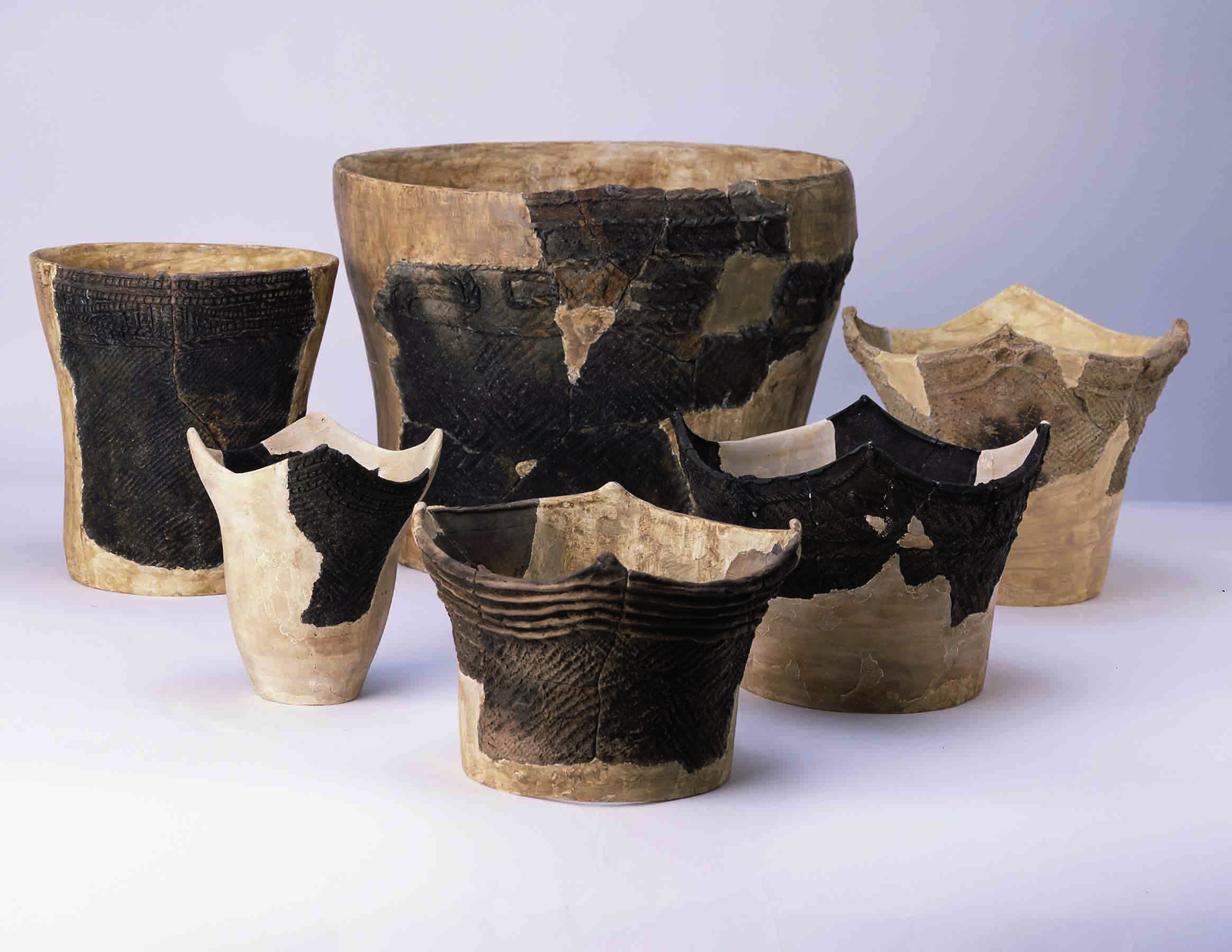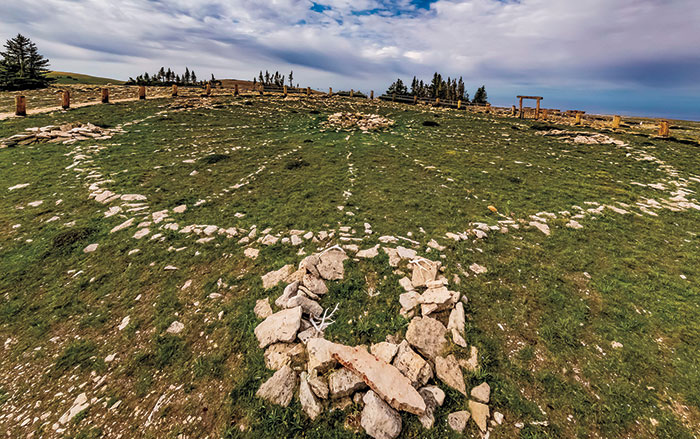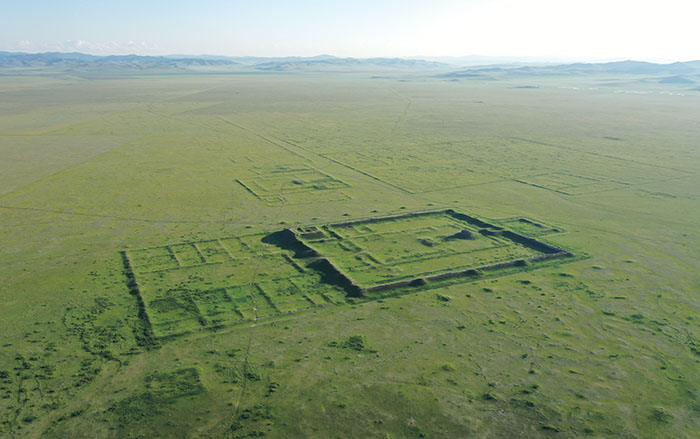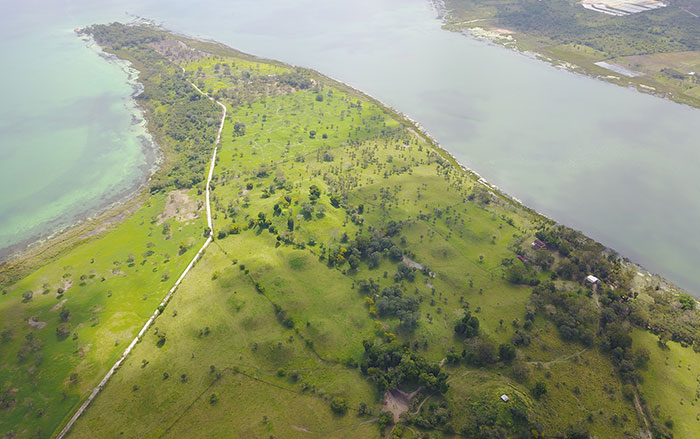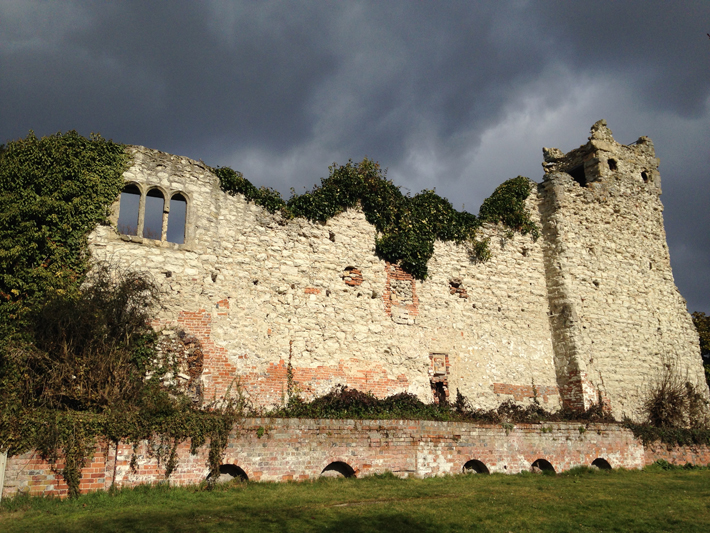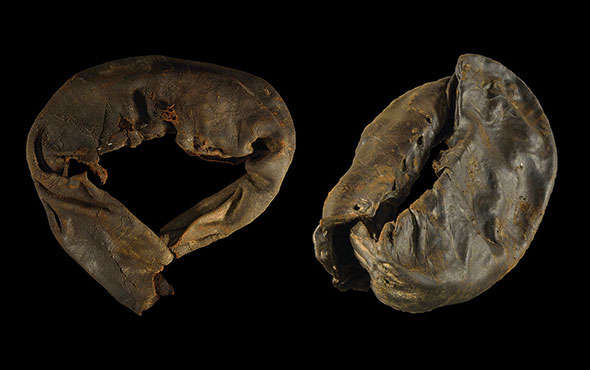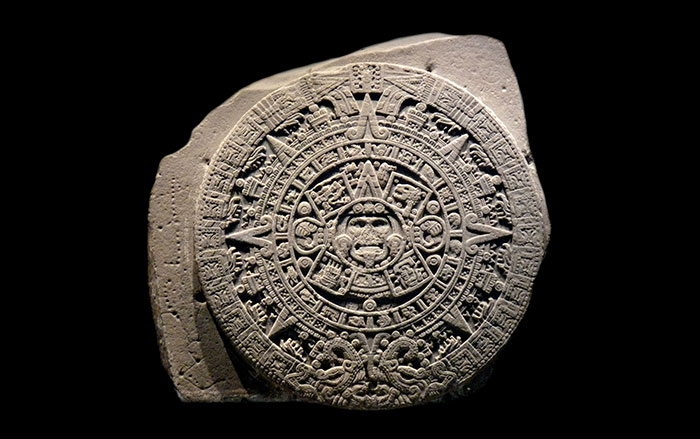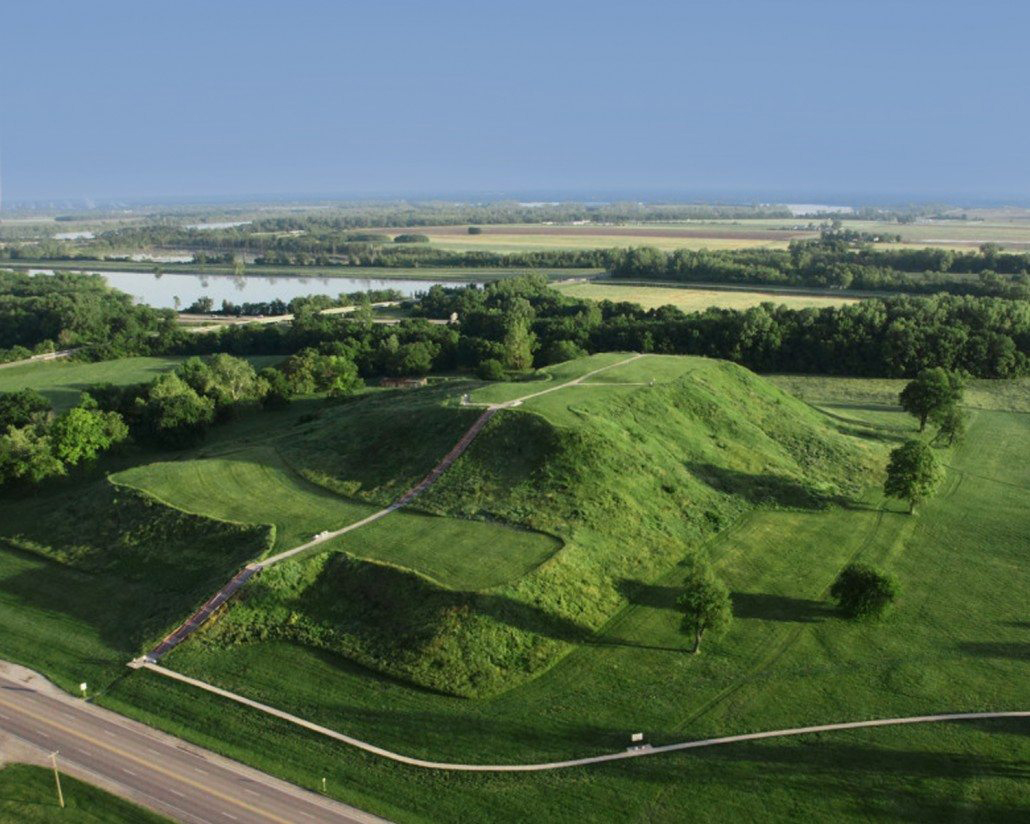
BERKELEY, CALIFORNIA—Scientists are developing a technique to estimate ancient populations based on biomarkers found in the feces of humans and other some animals, according to a Smithsonian report. A.J. White of the University of California, Berkeley, explained that coprostanol, a molecule produced in the human gut through the digestion of cholesterol, can be found in sediments and measured. The technique was tested at Cahokia, a site in southern Illinois occupied between A.D. 1050 and 1350 and known for its earthen structures. The researchers found that the levels of coprostanol and other by-products of digestion in samples taken from Cahokia’s Horseshoe Lake correspond with population estimates over time, based on the ancient city’s archaeological record. “I don’t see this as something which will replace former methods of estimating population, but rather can supplement our knowledge in a new way where traditional methods can’t,” White said. The technique could also help archaeologists estimate the size of ancient hunter-gatherer groups and early domesticated animal herds. To read more about Cahokia, go to "Breaking Cahokia's Glass Ceiling."



